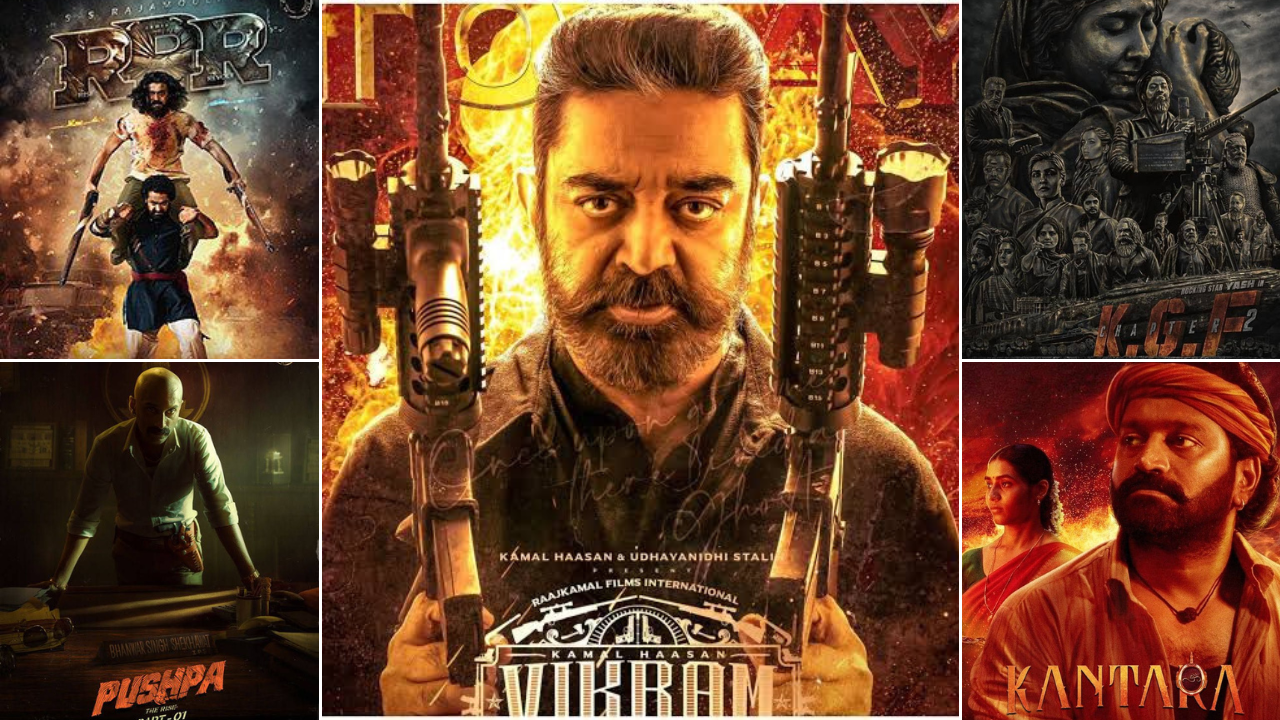
The Glorious Evolution of Indian Cinema: A Journey Through Time
India's cinematic journey is a tapestry woven with threads of creativity, innovation, and cultural richness. From its humble beginnings over a century ago to its present-day stature as a global powerhouse, Indian cinema has traversed a remarkable path, reflecting the country's diverse heritage and ever-changing socio-political landscape.
The Birth of Indian Cinema: The seeds of Indian cinema were sown in the late 19th century when the Lumière Brothers showcased their revolutionary invention, the motion picture camera, to an awe-struck audience in Mumbai. Inspired by this new medium, visionary pioneers like Dadasaheb Phalke embarked on a journey to create India's first indigenous film. The result was "Raja Harishchandra" (1913), a silent masterpiece that laid the foundation for the Indian film industry.
The Silent Era: In the early decades of Indian cinema, silent films reigned supreme, captivating audiences with their visual storytelling and melodramatic performances. Filmmakers experimented with various genres, from mythological epics to social dramas, paving the way for the golden era of Indian cinema.
The Golden Age: The 1950s and 1960s are often hailed as the Golden Age of Indian cinema, a period marked by artistic innovation, social realism, and global recognition. Iconic filmmakers like Satyajit Ray, Ritwik Ghatak, and Guru Dutt captured the essence of Indian life through their masterful storytelling and cinematic craftsmanship. Films like "Pather Panchali," "Aparajito," and "Pyaasa" garnered international acclaim, bringing Indian cinema to the forefront of world cinema.

The Rise of Regional Cinema: While Bollywood dominated the mainstream, India's regional film industries flourished, producing a diverse array of cinematic gems in languages like Tamil, Telugu, Bengali, Malayalam, and Kannada. Visionary filmmakers like K. Balachander, Adoor Gopalakrishnan, Girish Kasaravalli, and Puttanna Kanagal enriched Indian cinema with their unique storytelling styles and regional flavors, showcasing the cultural diversity of the country.
The Technological Revolution: The advent of color film, synchronized sound, and advanced special effects in the 1970s and 1980s transformed Indian cinema, ushering in a new era of cinematic excellence. Filmmakers embraced these technological advancements to create larger-than-life spectacles and immersive cinematic experiences, captivating audiences with their visual splendor and technical prowess.
Bollywood: The Global Phenomenon: In the 1990s and 2000s, Bollywood emerged as a global phenomenon, captivating audiences across continents with its colorful musicals, star-studded casts, and extravagant productions. Blockbusters like "Dilwale Dulhania Le Jayenge," "Lagaan," and "3 Idiots" shattered box office records and cemented Bollywood's status as the world's largest film industry.
The Digital Revolution: In the 21st century, Indian cinema witnessed the dawn of the digital age, with filmmakers embracing digital technology to tell stories in innovative ways. Independent filmmakers like Anurag Kashyap, Dibakar Banerjee, Pawan Kumar, and Rishab Shetty challenged traditional norms and pushed the boundaries of storytelling, ushering in a new wave of cinema that resonated with contemporary audiences.

Conclusion: As we reflect on the glorious evolution of Indian cinema, we are reminded of its enduring legacy and transformative impact on society and culture. From its humble beginnings to its present-day stature as a global cultural force, Indian cinema,continues to inspire, entertain, and provoke thought, transcending borders and languages to unite audiences around the world in a shared celebration of storytelling and creativity.